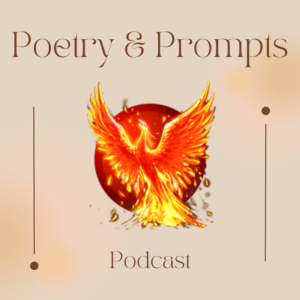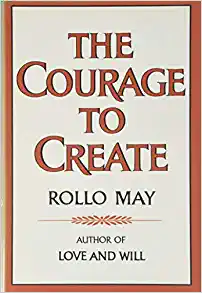What is the Hawthorne Effect? Basically, this is the tendency for some people to change their behavior when they become aware of being observed. For example, we might all identify with looking busy or working harder if we know the boss is watching.
For myself, and the purposes of this essay, I twist this definition a bit, because I become both the actor and the observer.
I discovered this effect before I ever knew there was a name for it. To help me lose Thanksgiving pounds, I began using an app to record my meals. The app divided food into three color coded groups – eat lots of this, not so much of this, and “Danger, Will Robinson” for certain foods, mostly carbs.
After only a few days of recording meals and looking at the analysis, I found myself choosing more from the ‘eat lots of this’ group. It took a few more days before I realized that’s what I was doing.
This may not work for everyone, but I’m convinced the power for my change was in the act of recording (acting) and then checking the results (observing).
Other places this effect might work on the personal level that I’m describing here include: words written, pages read, steps walked, amount of practice time; number of specific exercise reps – basically, anything that you are looking to improve. By recording and observing, you are focused on the positive improvements and changes. You begin doing more of what works.
I know that I also become self-competitive. If I regularly walk 5K steps, I begin to try for 6K. I’m subconsciously challenged to improve my results. Thus, I end up achieving more of my desired outcomes.
I invite you to try changing your behavior with the Hawthorne Effect.

 Last November, I decided to tackle one of the items on my bucket list and learn how to do a podcast. National Podcast Post Month aka NaPodPoMo was the perfect opportunity. The challenge was to post 30 podcasts in 30 days. I successfully completed the challenge. Below, I’ve listed ten of the lessons I learned .
Last November, I decided to tackle one of the items on my bucket list and learn how to do a podcast. National Podcast Post Month aka NaPodPoMo was the perfect opportunity. The challenge was to post 30 podcasts in 30 days. I successfully completed the challenge. Below, I’ve listed ten of the lessons I learned . If you don’t have two seconds to rub together, and your brain is freaking out at the length of your ‘to-do’ list, that’s the time to ‘take five’. Taking five focused minutes will reset your brain, regulate your body, and give you new energy.
If you don’t have two seconds to rub together, and your brain is freaking out at the length of your ‘to-do’ list, that’s the time to ‘take five’. Taking five focused minutes will reset your brain, regulate your body, and give you new energy. Creativity inevitably leads to change, and that takes courage. As business owners, creators, and individuals, we will be more effective if we recognize the natural fear, hesitation, and risk we face in order to create.
Creativity inevitably leads to change, and that takes courage. As business owners, creators, and individuals, we will be more effective if we recognize the natural fear, hesitation, and risk we face in order to create.